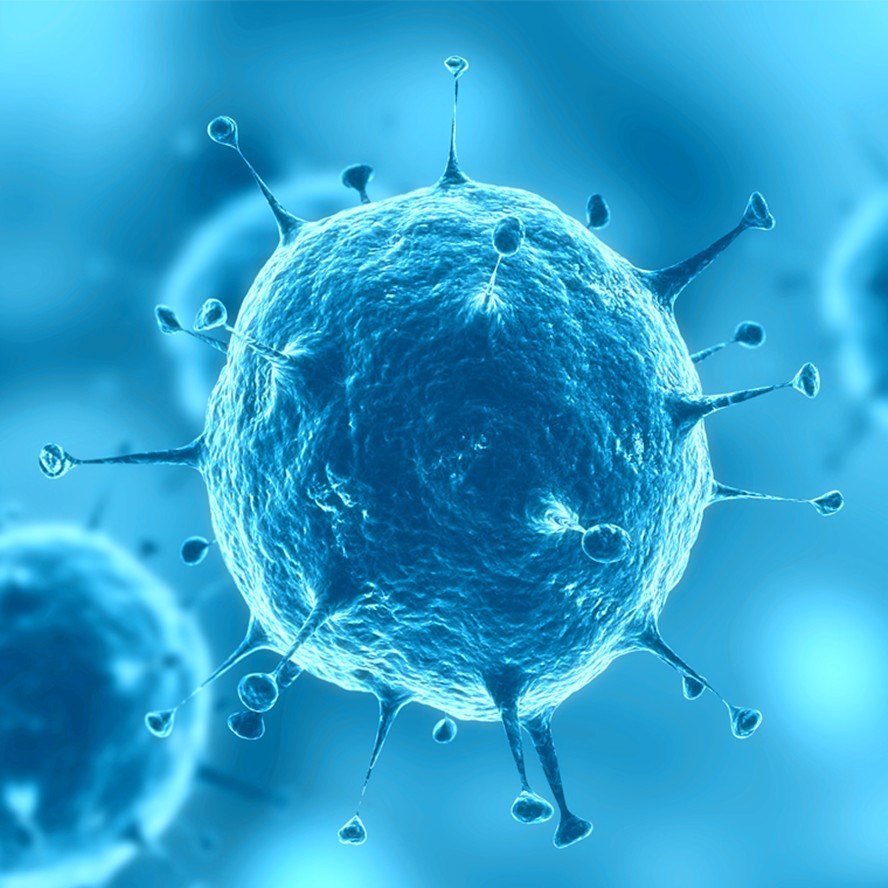View by Viruses
Role of Oncolytic Viruses in Cancer Therapy
Oncolytic viruses (OVs) has been regarded as attractive drugs for the treatment of various cancers. OVs can activate and trigger strong immune responses against tumor cells without causing any damage in normal cells and tissues. OVs have been divided into two types based on the development process, naturally occurring OVs and genetically modified OVs.
Up to now, a variety of engineered and recombinant OVs have been designed and developed for marketing as drugs. The safety and efficacy of OVs-based therapies have been evaluated in many large scales of clinical trials. In particular, two genetically modified OVs have been approved and used for treating head and neck cancer and melanoma, respectively. One is an E1B-deleted oncolytic adenovirus, which has been approved and used in China. The other is a mutated herpes virus 1 (HSV-1), which has approved by FDA and mainly used in the USA, Europe, as well as Australia. In addition, combination therapy of OVs with standard anti-tumor therapies, such as chemotherapy or radiotherapy, have also shown promising results in the field of cancer management. Thus, oncolytic virotherapy has aroused much attention from scientists, doctors, and patients.
The Anti-tumor Mechanism of Oncolytic Virus
Oncolytic virotherapy is developed by using self-replicate viruses to kill host cells in specific cancer cells. OVs play an important role in mediating protein synthesis, inhibiting host cell product formation, and facilitating the production of viral products. Moreover, the infected cells can produce a large number of sub-viruses capable of infecting other cells. Besides, OVs have a great influence on tumor-infiltrating cells, which can change the condition of the tumor microenvironment. OV-infected tumor cells can also express many stimulating factors, including various cytokines, to activate a series of immune reactions of immune cells. Tumor cells lysed by OVs can release many kinds of tumor-associated proteins or tumor-specific antigens that can activate and induce T cells to destroy tumor cells. Also, OVs can be genetically engineered by deleting or inserting exogenous genes to optimize cell lysis capacity.
Currently, different generations of OVs have been developed by the mutation or deletion of certain virus genes. The first-generation of OVs are composed of one gene deletion, while second-generation OVs consists of the deletion of multiple genes, all of which are essential to the virus replication in normal tissues, but unnecessary for the replication in tumor tissues. Additionally, the insertion of important genes in the region of tumor-specific gene promoters is critical to improving safety profiling.
The Signal Pathways of Oncolytic Virotherapy
In oncolytic virotherapy, the neutralizing antibody against OV infection can inhibit the growth and proliferation of specific OVs by using innate immunity. Meanwhile, OVs are also capable of triggering adaptive immune responses and producing numerous stimulatory factors to destroy tumor cells. When the virus enters the tumor cells, a crowd of cytokines, such as interleukin-12 (IL-12), IL-18, IL-24, and interferon β (IFN-β), can be expressed to activate the immune system to kill and destroy tumor cells. The antitumor performance can be improved by using the modified OVs and several immuno-stimulating factors. This immune system is often associated with many signal pathways, including protein kinase (PKR) signal pathway, p53 signal pathway, and retinoblastoma protein (RB) signal pathway.
The Oncolytic Viruses in Cancer Treatment
Recently, numerous OVs are in late-phase clinical trials, most of which have shown great success in treating different kinds of malignant tumors.

